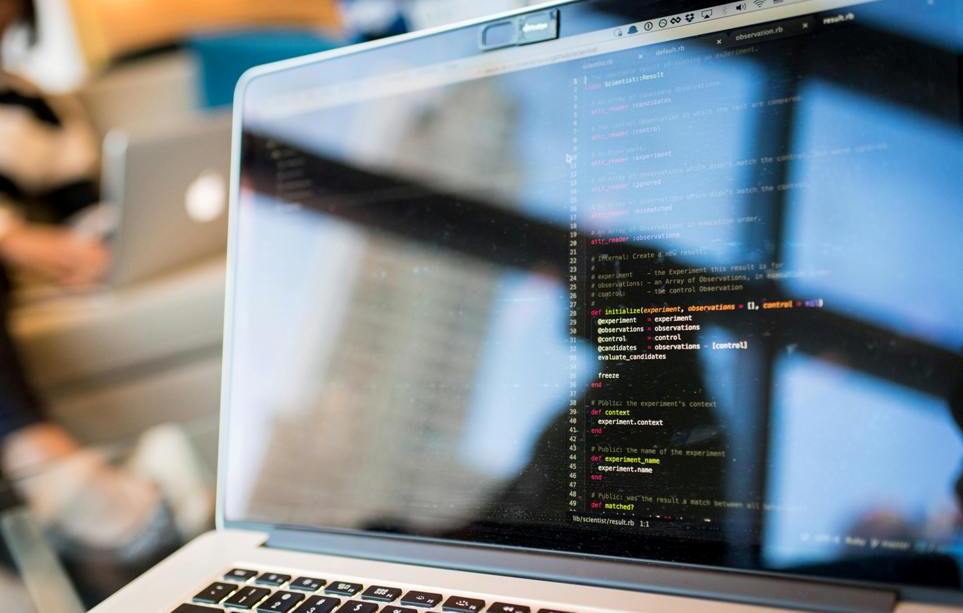The passage of time can be particularly challenging for computer components, especially as technological advances quickly outpace older models. Consider PCIe 4.0, which was introduced back in 2018 to boost NVMe SSD speeds—yet, we are already on PCIe 5.0, with PCIe 6.0 just around the corner, and PCIe 7.0 set for release in 2025.
As technology evolves, upgrading your PC components is a natural part of keeping up with the latest innovations. However, the question arises: what should you do with the retired components, such as an older SSD or HDD, that are taking up space? Here are a few ideas on how to repurpose these drives instead of letting them gather dust.
1. Make It Portable
If you’ve recently upgraded your system, there’s a good chance that you have an older internal drive lying around. Rather than letting it sit unused, consider converting it into a portable storage device. There are numerous enclosures available for various types of drives, including NVMe SSDs and traditional SATA drives, which you can find on retailers like Newegg. These enclosures make it easy to turn your old drive into a fast, portable storage solution—ideal for backups or extra storage.
2. Turn It Into a NAS (Network-Attached Storage)
Why settle for local storage when you can access your data wirelessly? With an old drive, you can create your own NAS, which offers 24/7 access to your files from multiple devices on your network, even remotely. Setting up a NAS with something like the TerraMaster F2-212 allows you to add multiple drives and easily share data. It’s also a cost-effective alternative to cloud storage services, saving you from monthly fees.
3. Connect It to Your Router
If the idea of setting up a full NAS seems too complicated or expensive, many modern routers come with USB ports that can connect external drives directly. This method offers basic file sharing capabilities and is particularly useful for small, infrequent transfers. However, keep in mind that this setup isn’t ideal for heavy data transfers or streaming high-res videos.
4. Convert It Into a Bootable Drive
An older portable drive can serve as a bootable drive, allowing you to run an operating system directly from the drive. Tools like Ventoy make it easy to load multiple OSes or recovery tools onto the drive, providing a portable troubleshooting or installation solution. It’s a handy option to have on hand in case your primary system fails.
5. Repurpose It in Another Device
Just because your system no longer needs the drive doesn’t mean it’s worthless. Many gaming consoles, like the Xbox One and PlayStation 5, allow you to swap out their internal storage for upgrades. You could also install the drive in a laptop that supports additional storage slots. Alternatively, old drives can serve as backup storage in a home entertainment system or a secondary PC.
6. Upgrade Your External Drive
If you have an external drive, you can open it up and swap its internal drive for your old one, giving it an upgrade. Many external drives use standard 2.5-inch or 3.5-inch drives, meaning that you can easily replace the internal storage to boost capacity without buying an entirely new device.
7. Donate It
If you have no further use for your old drives, consider donating them to a friend or family member. You could even pre-load it with games, music, or movies to make it a thoughtful and practical gift. Some gaming platforms, like Steam, allow users to change the location of their installed games, so your gift recipient could use the drive to quickly access the content you’ve already downloaded for them.
Repurposing old drives instead of discarding them is a sustainable way to make use of valuable resources while extending their life. Whether for practical storage solutions, backups, or as a gift, there are plenty of ways to get more out of your retired components.




